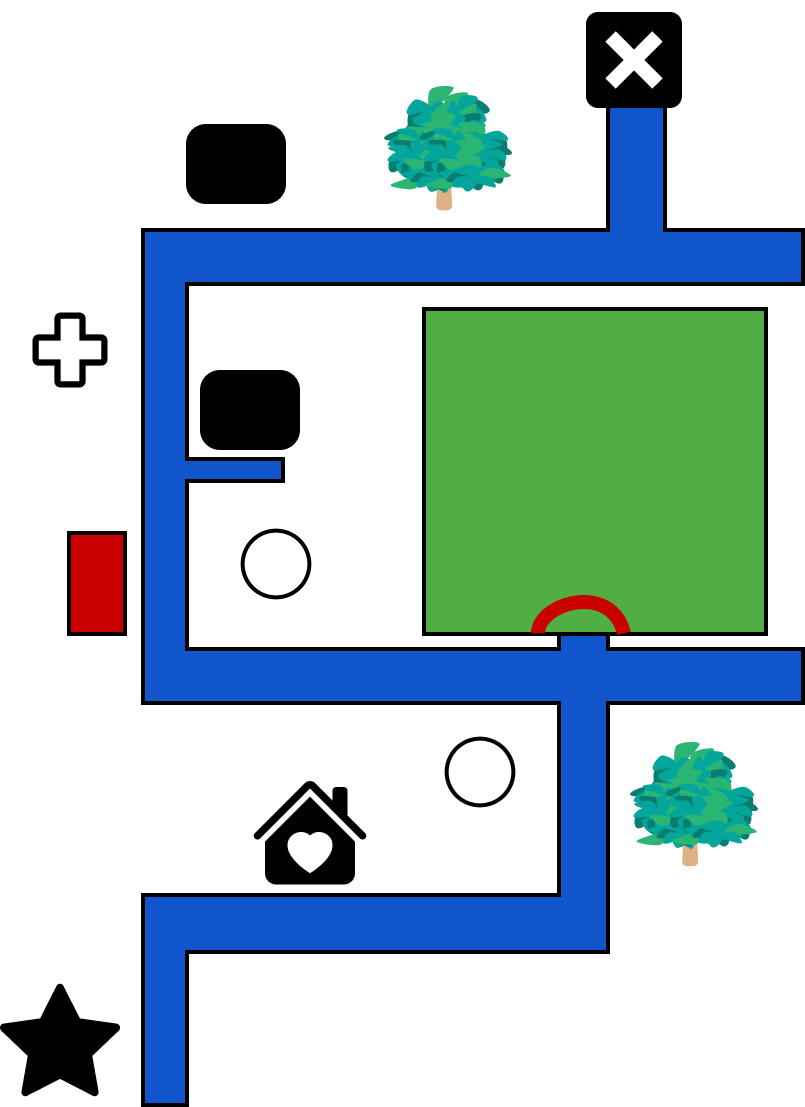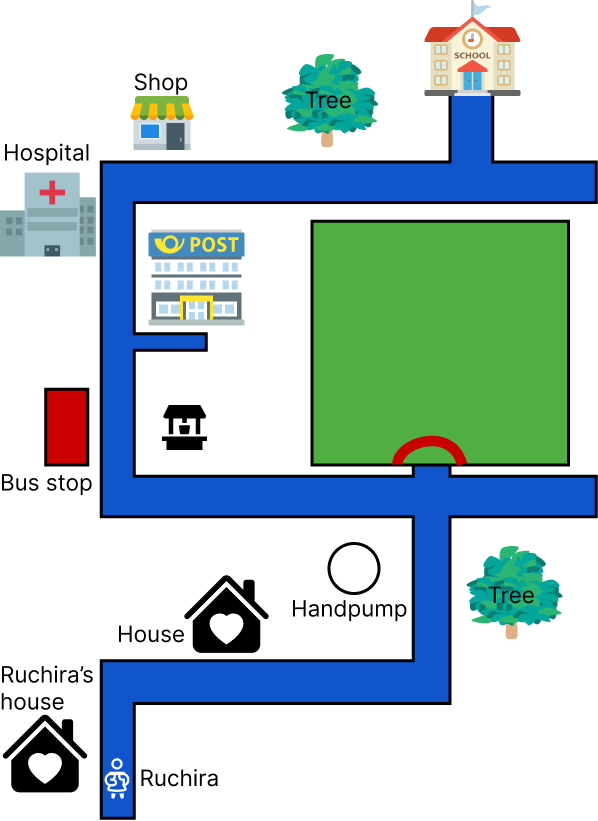An Overview of Cbse Class 3 Evs Notes Chapter 22 Left Right
FAQs on Cbse Class 3 Evs Notes Chapter 22 Left Right
1. What is the main concept to revise in the EVS Chapter 22, 'Left Right'?
The main concept to revise in this chapter is the development of spatial awareness. This involves understanding the difference between left and right and using this knowledge to follow simple instructions, give directions, and read basic maps. The chapter uses activities and pictures to help you understand how to locate places based on directional cues.
2. What are some key symbols to remember for a quick summary of this chapter?
For a quick summary, it's useful to remember the symbols that represent common places on a map. According to the NCERT syllabus for the 2025-26 session, you should be able to identify:
- House: A simple drawing of a house.
- Tree: A small green plant-like shape.
- Hospital: Usually a plus sign (+).
- Well: A circle.
- School: A building symbol, often marked 'School'.
- Post Office: Often abbreviated as 'PO'.
3. Why is developing a sense of left and right so important for a Class 3 student?
Understanding left and right is a fundamental life skill that goes beyond just this chapter. It is crucial for everyday activities such as following directions to a new place, participating in sports, understanding road safety signals, and even improving handwriting. This chapter builds a strong foundation for future learning in subjects like geography and mathematics where spatial reasoning is essential.
4. How can a student quickly practice the concepts from the 'Left Right' revision notes at home?
You can quickly practice at home with simple games and activities. For example, play 'Simon Says' using commands like "touch your left ear" or "take two steps to your right." You can also describe the location of objects in your room relative to you. For more structured practice, you can use the CBSE Class 3 EVS Worksheets for Chapter 22, which offer exercises on directions and symbols.
5. How is a map different from a simple drawing of a place?
A simple drawing shows what a place or object looks like from a certain viewpoint, focusing on appearance and details. A map, as shown in Chapter 22, shows where things are located in relation to one another. It uses a top-down view and relies on standard symbols and a sense of direction (left, right, straight) to guide someone from one point to another, focusing on location and navigation rather than appearance.
6. What is the connection between landmarks and directions in this chapter?
In this chapter, landmarks are important, fixed places like a school, a post office, or a hospital. Directions like 'left' and 'right' are used to describe the path you take when moving from one landmark to another. For example, a route could be described as "Go straight from your house, and then turn left at the handpump to reach the school." Landmarks act as reference points for giving and following directions. You can explore this further in the NCERT Solutions for Class 3 EVS Chapter 22 Left Right.
7. What is the best way to structure a quick revision of the 'Left Right' chapter?
A good revision strategy for this chapter includes these steps:
- Start by confirming your own left and right hands.
- Next, review the key symbols used in the chapter's map, such as those for a house, tree, and hospital.
- Trace the paths shown in the book's map, saying the directions aloud (e.g., "start, go straight, turn right").
- Finally, try drawing a simple map of your own room or a path from your room to the kitchen, using basic symbols and directional arrows.




























